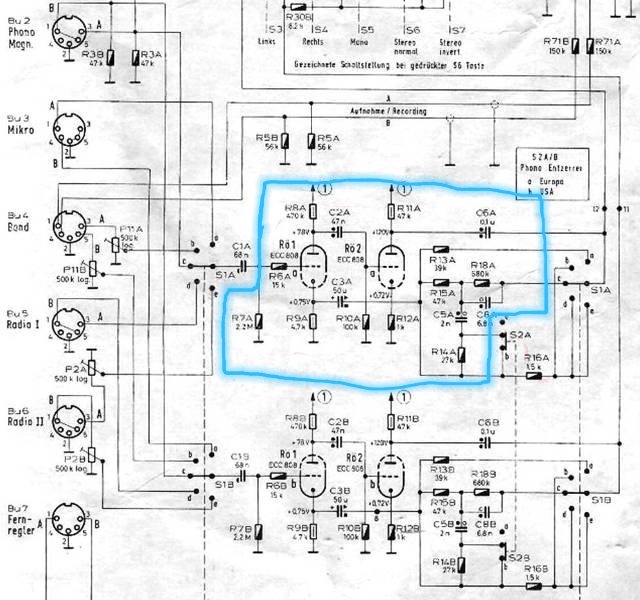In many/most situations I agree.
Which also sort of points to the gain structure of the system, which is probably much more important than a lot of people realise. Amplifying the small source signal more than it needs then attenuating it more than a little, or even more than once is a recipe for degrading sound quickly.
Two things in my playback I have been very careful to optimise: gain structure; noise. Very loud listening with all my sources is with about 4dB-10dB of total attenuation in my case via a Slagle silver autoformer at the output to the preamplifer (which is technically perfect in this situation - not necessarily so for all applications). I also have zero audible noise even with my head in the horns, so micro-dynamics are unhindered.
Some SET amps are lower gain and some need more input voltage for maximum output than most 'traditional' SS and hybrid amplifiers and depending on the remainder of the system a preamp with different gain may be required. This is not exclusive to SET amps, but I prefer to build the the best sounding amplifier I can and then feed it whatever voltages are required via the preamp. My sources all are low output circa 1V-1.25Vrms and my amps are high input, then accounting for well recorded music with high dynamic range (an extra say 6dB) I found in the end that 8x gain (18dB) for the preamp is what suited my system and set about finding the best high gain, low output impedance, high current (also specific requirements for my playback - not necessarily for others) preamp to perform this task.
Why is this important? Well, if you are attenuating significant amounts, particularly with some kind of resistive device (eg. potentiometer, ladder or series resistors, chip) or even digital in software, odds are that you can improve sound just by reducing gain somewhere in the system. I listen at 11 o'clock on the volume knob...listening at 9 o'clock would be worse...6 o'clock I do not even want to think about. Listening at 12 o'clock and needing to go to 13 o'clock would be a travesty. This is a long-winded way of saying that swapping out amplifiers often changes the gain structure of the system and that in this situation the changes heard are not neccesarily entirely attributable to that amplifier, but perhaps may be due to the attenuator, perhaps, a kind of system synergy.
I'm super jealous of your silver slagleformers...
New Preamp
I'm happy to be finishing up my next project, a zero-gain preamp using Tortuga's LDR and Broski's Aikido tube buffer. RDavidson helped with design and is getting one of them, his is made with spalted maple and natural aluminum metal parts, mine is maple burl with brushed copper front and top...
I agree on gain. My voltage amp used to use 6SN7s, but after putting together my current horn speakers the amp is now used >400 Hz and I have more SPL capability, so I needed to switch to 6SL7s. This gives me about 26 dB gain from source to amp output. I use a Broski Aikido gain stage, it's almost the same as a White cathode follower but with a PS noise cancellation scheme. I use the same scheme with my EL34s.
I also forgot to mention another advantage of SET is the ability to use an all, or primarily, film-cap power supply. My EL34 amp is PtP wired w/ all Clarity Cap TC Series PS caps. They sound so much better vs electrolytic, the amp is both super-fast, grainless and effortless sounding with the film cap PS. Can't do that with SS without a dishwasher-sized box full of caps, lol...








